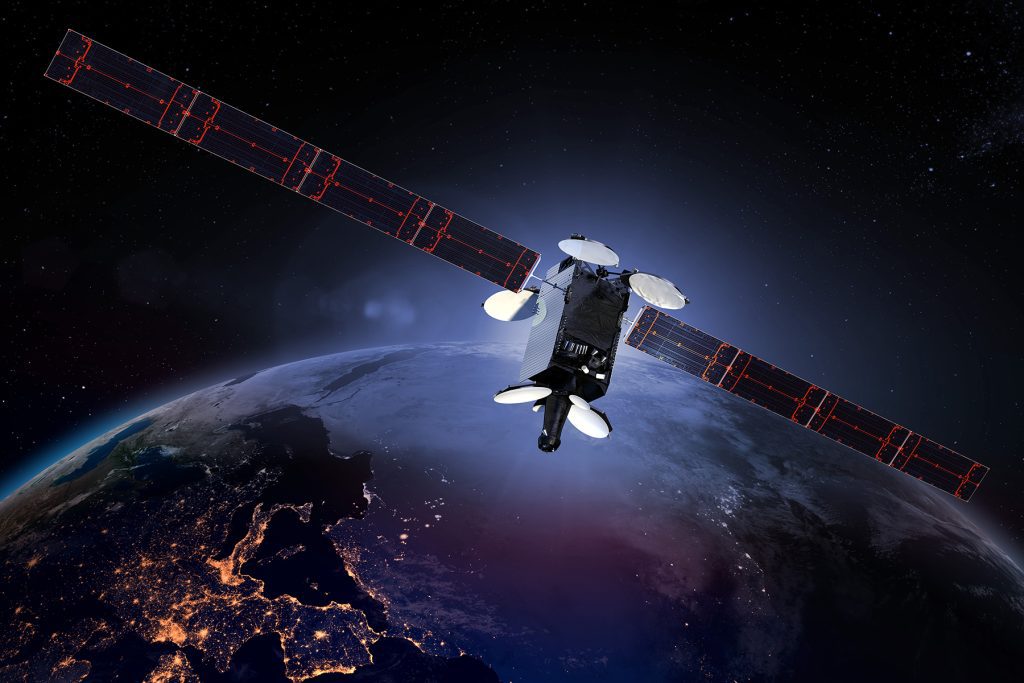Satellite companies are being asked to help maintain connections between Europe and Asia after undersea internet cables in the Red Sea were cut last week.
HGC Global Communications, based in Hong Kong, reported that four out of approximately 15 undersea cables in the Red Sea have been impacted and they are assisting in redirecting affected traffic.
Two of these cables meet at the location of the damage, as reported by the Washington Post. The Washington Post noted, with reference to a subsea cable expert at TeleGeography, that only three cables have actually been cut.Nonetheless, HGC stated that about 25% of the traffic between Asia, Europe, and the Middle East has been disrupted.
However, HGC reported in an update on March 4. in a statement on March 4. that some of the traffic passing between Asia, Europe, and the Middle East has been disrupted.
The Houthi movement, based in Yemen and backed by Iran, has denied responsibility for the incident, according to CNN. CNN reported, and has accused British and US military units in the region.
According to a Seacom executive interviewed by CNN, it may take up to eight weeks to repair the cables, pending permits from Yemen’s maritime authority.
For now, undersea cable operators are redirecting internet traffic between continents, sometimes using less direct paths.
Rhys Morgan, a regional vice president at satellite fleet operator Intelsat, stated, “For example, there are reports of significant internet slowdowns in East Africa.”
Morgan pointed out that slower internet connections have financial implications for companies with critical data, and sensitive data of governments and other internet users may be rerouted through less secure countries.
Companies like Intelsat with satellites in orbit can offer customers an alternative route for transmitting internet traffic from one point to another.
Morgan told SpaceNews that Intelsat satellites are currently providing backup connections for some customers who were using undersea cables before the Red Sea incident.
He added that the connectivity issues emphasize the increasing necessity for a combination of undersea cable and satellite networks.
There has been speculation in the media about Russia possibly being responsible for a subsea cable malfunction in early 2022 due to the growing geopolitical significance of the Svalbard archipelago in the Arctic Ocean and escalating tensions in the region. in an incident in early 2022, although there is no evidence supporting this claim.
Morgan noted that incidents related to connectivity are becoming more malicious, with increased discussions about submarines eavesdropping on cable traffic.
Morgan explained that undersea cable users equipped to utilize a satellite network backup can have their communications restored within 15 minutes.
“If it’s a very complex and extensive service requiring significant terrestrial work, it could take much longer, possibly hours or even days,” he added.
In the event of a natural disaster knocking out terrestrial infrastructure, satellite networks can also help restore communications relatively quickly.
Intelsat and SES announced that their satellites regained connectivity shortly after a volcanic eruption in January 2022 affected international and domestic telecoms cables linking Tonga in the South Pacific.









